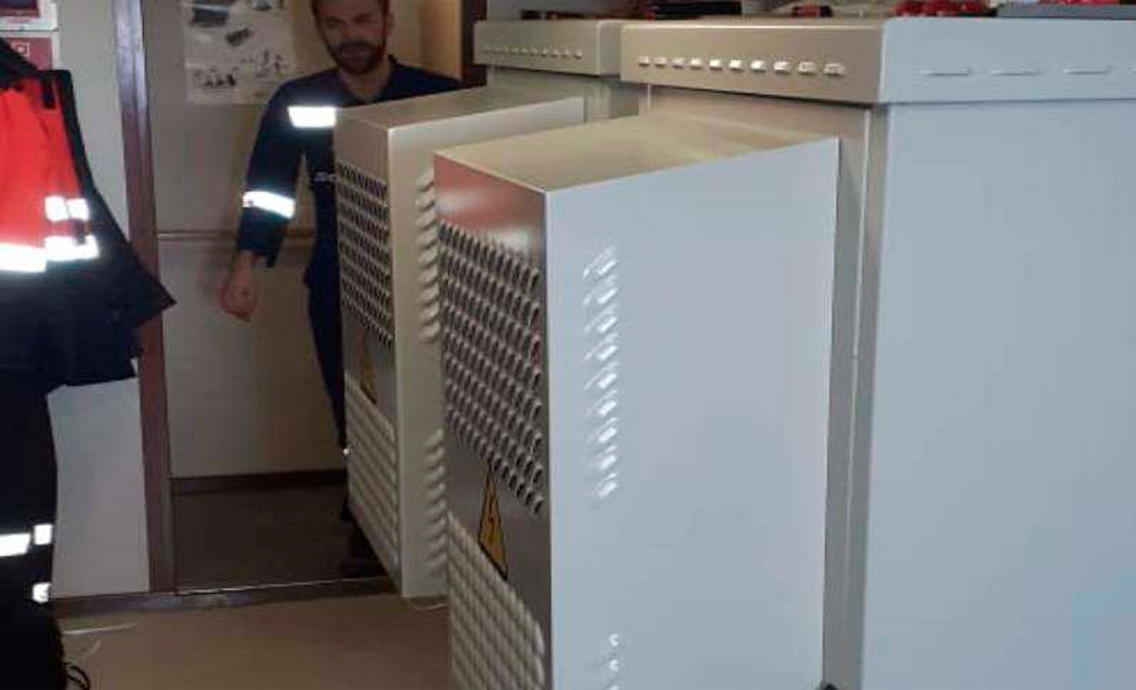Technology
- Our 3-steps Roadmap
- Functional approach
- System architecture
- Autonomous Navigation System
- Optical Surveillance and Analysis System
- Coordinated Motion Control System
- Remote Engine and Technical Monitoring
- Remote Control Station
- Hardware and Conjunctions
- Communication and Cybersecurity
- Bridge Advisor
- Convoy navigation
- Legislation
Hardware and Conjunctions
The a-Nav systems require some additional hardware onboard which include a computer integrated system, a set of video cameras (including those with thermal sensors) and communication systems based on conventional hardware.
Since the technical solutions are designed for use on any ships, including retrofitted vessels without dedicated rooms for server equipment placement, the computer complex design has several options. These include placement in enclosed spaces, in a climatic container on the deck and directly on the deck of the ship.
The hardware used complies with the existing classification societies requirements for electrical equipment and does not affect the environment, other equipment or the crewmember onboard the vessel.
Computer system redundancy is provided by the separation of computer facilities into two separate cabinets on board, with RCS having backup facilities in one cabinet. Each of them has the ability to run a backup copy of the appropriate system in the event of the failure of the primary system. Uninterruptible power supplies in each of the cabinets has a capacity sufficient to operate until the launch of the vessel backup generator. Redundancy of the OSA optical elements is provided by overlapping the viewing sectors of the cameras. Digital correction and stabilization compensate for possible camera displacement due to mechanical stress.
The new hardware is physically interfaced with a number of traditional systems on board. These include systems like the Unified Timing System, weather station, AIS equipment, global navigation satellite systems and inertial navigation systems, radar stations, magnetic and gyroscopic compasses, speed meter, lag, ship heading or trajectory control system (Auto Pilot, Speed Pilot, Track Pilot, etc), remote engine control system and others. For interfacing with the existing conventional systems onboard, the conventional digital signal multipliers and analog-to-digital converters are used, as well as standard data transfer protocols pre-defined by manufacturers (IEC 61162, UDP with NMEA messages, analog signals 4-20 mA, ±10 V, etc). These ensure that there are no unintended effects on the interfaced systems.
